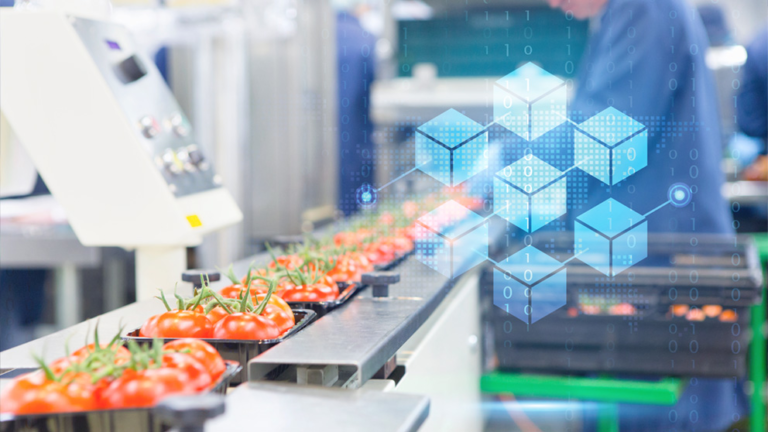
Blockchain technology continues to gain traction in both primary production and food processing. And although primarily seen as an effective way to trace, track and proof products, blockchain systems may also be helpful in the development of more effective artificial intelligence farm and food systems.
Blockchain technology is a system of transparent record-keeping. When a piece of information, or block, gets entered into the chain of records, other computers on the system are notified. Falsifying information is very difficult because any change in information is open for all to see.
“Blockchain really is just a secure, electronic ledger.”
“Blockchain really is just a secure, electronic ledger,” explains Peter Gredig, a technology analyst and farmer from Southwestern Ontario.
Many agricultural and food processing companies have implemented digitized systems where information from every step of the production process — from farm to transportation to retail and consumer — is captured with a blockchain system. With such extensive tracking systems, the sources responsible for problems in the supply chain can be found in seconds rather than weeks.
Here are three possible future uses for blockchain:
1. Tracking food fraud
In addition to food safety, blockchain can potentially reduce food fraud. Was that food product really produced organically? Is beef really the only meat in that hamburger? With blockchain, the guarantees can stretch from farm to fork.
2. Feeding AI
Gredig says blockchain technology can be useful for handling the vast volumes of data generated in the modern farm and food sector.
As a farm begins incorporating more sensors in the field and on equipment, for example, blockchain systems could help sort and highlight the good quality, useful information, such as the type and quantity of inputs used and rate settings.
“Our ability to collect data is limitless,” Gredig says. “Artificial intelligence is the next promising thing, but we need good data to make it work. Blockchain is just a stepping stone to better AI.”
Additionally, Gredig says it’s possible blockchain will also come in handy should further validation requirements be implemented for farm and food businesses. For example, there may come a time when there’s a need to account for fertilizer inputs compared to losses and existing soil nutrient reserves.
3. Keeping up with consumer demand
Since new technology can evolve quickly, and the world of big data continues to be in flux, it’s difficult to determine the scope and depth of blockchain applications in the years ahead.
Vertically integrated companies from farm to retail face the easiest conversions, and it will be more complicated for companies operating through multiple contracts with independent growers.
However, with the need for immediate food traceability and consumers’ desire to know more about their food, it’s evident that digital technology platforms like blockchain are an answer to the demand.